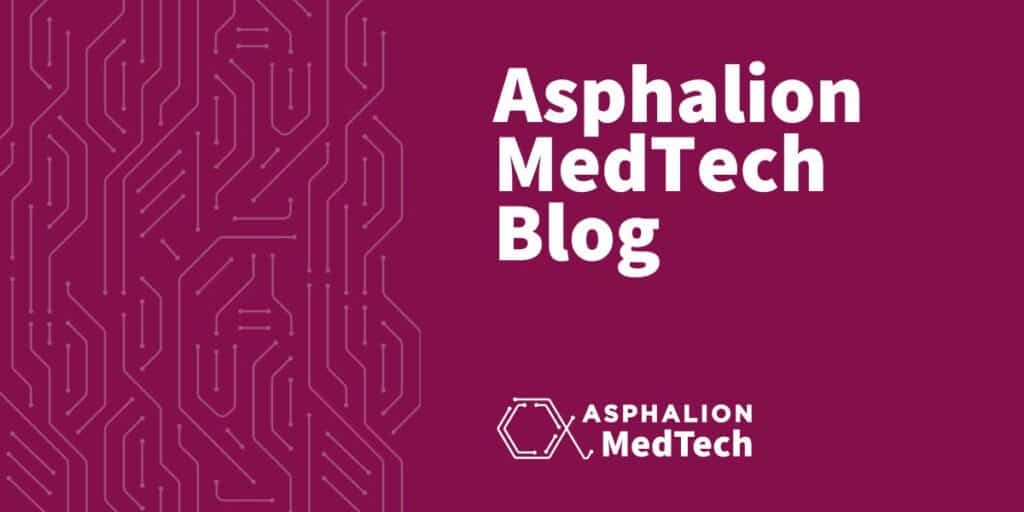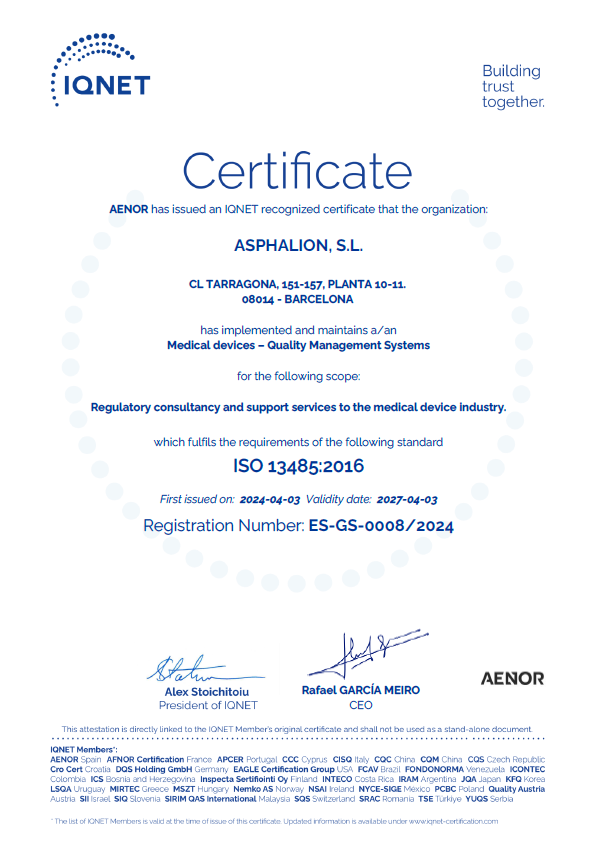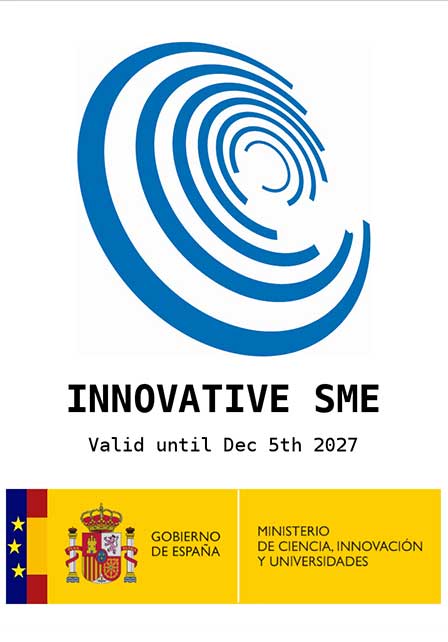Introduction
In the highly regulated medical device industry, compliance with regulatory requirements is not just a legal demand but also a cornerstone of success and an ethical obligation to ensure patient safety, performance and efficacy of medical devices. However, companies may encounter regulatory non-compliance issues even with the best intentions and practices. Non-compliance can lead to serious consequences in various contexts, such as legal, ethical, industry-specific, financial, organizational aspects, and can also result in criminal prosecution. This might include intentional acts of ignoring or breaking established regulations and accidental lapses in fulfilling standards and legislation.
As a regulatory affairs professional, ensuring your company navigates the complex regulatory landscape is crucial. This post provides guidance on handling these situations, implementing corrective actions, and avoiding common regulatory pitfalls.
Understanding Non-Compliance
- Recognizing the Problem: The initial action in dealing with non-compliance is identifying the specific regulatory requirement that has not been met. This involves establishing proactive, robust monitoring and auditing procedures to assess your company’s adherence to regulations regularly. Some warning signs to be mindful of include:
- Customer complaints: If you receive complaints related to product safety, performance, or efficacy, it could indicate a potential non-compliance issue.
- Internal audits: Conducting regular internal reviews can reveal deficiencies in your compliance strategy and highlight opportunities for improvement.
- Regulatory inspections: Regulatory bodies perform audits to verify adherence to standards and legislation. Receiving a non-compliance citation during such an audit may be a significant warning sign.
- Changes in regulations: Staying tuned to regulatory changes is essential. Failure to adapt to new regulations can result in unintentional non-compliance.
- Assessing the Impact: Evaluate the possible effects of the non-compliance on patient safety, the product’s quality, and the company’s reputation. This evaluation will determine the immediacy and scale of the required corrective measures needed.
Immediate Response to Non-Compliance
- Internal Notification: Promptly notify key staff and departments regarding the non-compliance. Rapid internal communication is essential for starting a coordinated response.
- Containment Actions: If the non-compliance poses immediate risks to the patient, environment, or the organization, take containment actions to prevent further harm or damage. This may include halting production, quarantining affected products, recalling products, or issuing safety alerts to healthcare providers and patients.
Investigating the Root Cause
- Cross-Functional Investigation: Form a cross-functional team to investigate the root cause of the non-compliance. This team should include members from quality, regulatory, manufacturing, design & development, and other relevant departments.
- Investigate the root cause: Conduct a thorough investigation to understand the cause of the non-compliance. This will help you determine the appropriate corrective actions.
- Methodical Analysis: Use structured problem-solving techniques like the Five Whys, Statistical Process Control (SPC), Pareto Analysis, Failure Mode and Effects Analysis (FMEA), Fault Tree Analysis (FTA), Fishbone Diagram or other to identify the underlying cause of the issue.
- Document everything: Maintain detailed records of your investigation and conclusions.
Corrective and Preventive Actions (CAPA)
- Developing a CAPA Plan: Develop a Corrective and Preventive Action (CAPA) plan to address the root cause of the non-compliance and prevent future occurrences. This may involve immediate actions, including implementing changes in procedures, training employees, or revising product designs.
- Implementation and Monitoring: Efficient execution of the CAPA Plan is essential to demonstrate your commitment and dedication to compliance and regain regulatory trust. Here are some important points to consider.
- Time constraints: Address non-compliance issues promptly to minimize potential risks and harm and demonstrate a proactive and constructive approach.
- Thoroughness: The corrective actions should address the root cause of the problem, not just the symptoms.
- Effectiveness: Implement measures that are likely to prevent future occurrences of the non-compliance.
- Documentation: Document your corrective actions clearly and concisely to demonstrate your commitment to compliance and to make it possible to trace the event in the future.
Adjust the plan as needed according to outcomes and feedback.
Regulatory Reporting and Communication
- Regulatory Notification: If required and depending on the severity of the non-compliance, notify the regulatory authorities about the non-compliance and your corrective actions. Transparency with regulators can mitigate penalties and enhance trust.
- Clear Communication: Communicate clearly and transparently with all stakeholders, including employees, customers, and the public. Honest communication about the issue and steps taken to resolve it is vital for maintaining trust.
Preventing Future Non-Compliance
- Reinforcing a Culture of Compliance: Foster a culture of compliance within the organization. Key factors include regular training, clear communication of regulatory requirements, and encouraging employees to report potential compliance issues.
- Continuous Improvement and Ongoing Enhancement: Implement a continuous improvement program. Regularly review and update processes, conduct internal audits, and stay updated with regulatory changes to prevent future non-compliance.
Avoiding Common Regulatory Pitfalls
Several common pitfalls can lead to regulatory non-compliance. By being aware of these, you can implement measures to prevent them:
- Lack of Awareness: Ensure all device design & development, manufacturing, and marketing employees are adequately trained on relevant regulations and legislation. Well-trained employees are your first line of defense against non-compliance.
- Inadequate Documentation: Establish clear and concise procedures for all critical processes to ensure consistent and repeatable compliance.
- Communication Gaps: Maintain open communication channels between different departments to ensure everyone is aware of regulatory requirements and potential risks.
- Proactive Approach: Don’t wait for regulatory inspections to identify non-compliance issues. Proactive monitoring and audits are essential to catch non-compliance issues before they occur or escalate.
- Ignoring Changes: Stay updated on regulatory changes and adapt your procedures accordingly to avoid unintentional non-compliance. Ignorance of the law is not an excuse for regulatory compliance.
Conclusion
Dealing with regulatory non-compliance in the medical device industry is demanding and challenging but can be minimized and manageable with a systematic approach. Companies can effectively address non-compliance issues by identifying and understanding the issue, taking immediate corrective actions, investigating the root cause, and implementing a solid CAPA plan. Moreover, by fostering a culture of compliance and staying vigilant against common pitfalls, organizations can significantly reduce the risk of future non-compliance, ensuring the safety and efficacy of their products and maintaining their reputation in the industry.
In summary, regulatory compliance is not just a legal obligation but a cornerstone of ethical business practices in the medical device sector. The key is to approach compliance proactively, with an attitude focused on ongoing enhancement and transparent communication. By doing so, companies not only adhere to legal standards but also contribute to the overall advancement of healthcare and patient safety.
Remember, regulatory compliance is not a one-time achievement; it’s an ongoing process. By staying informed, proactive, and committed to compliance, you can help your company navigate in the dynamic and ever-evolving regulatory environment.



